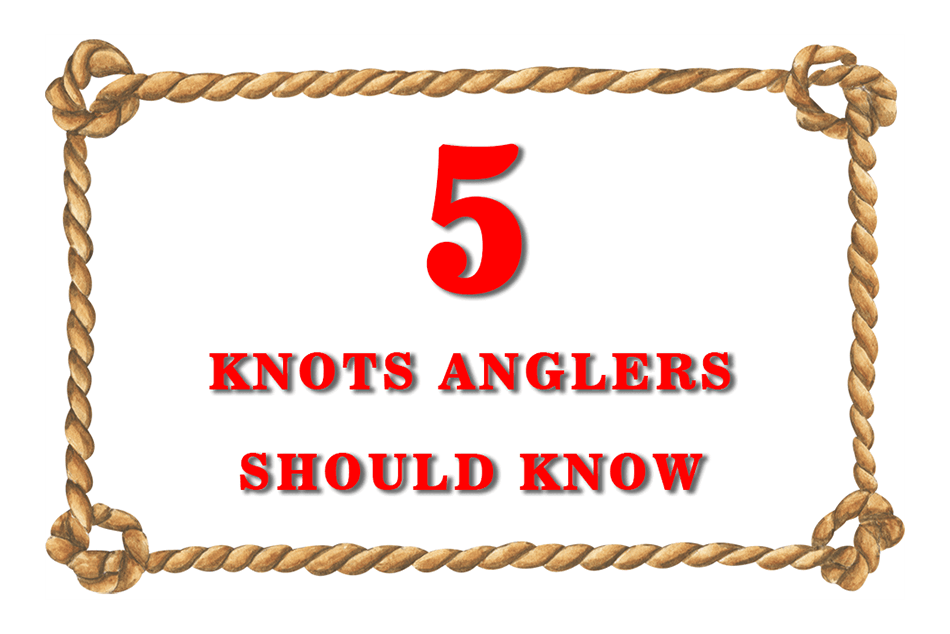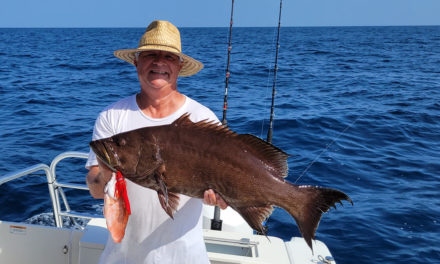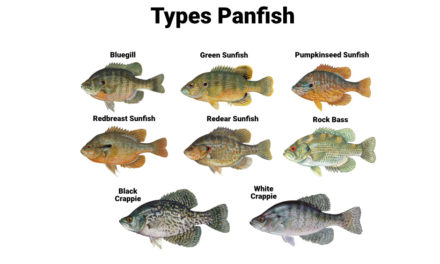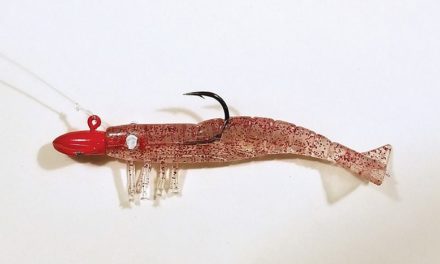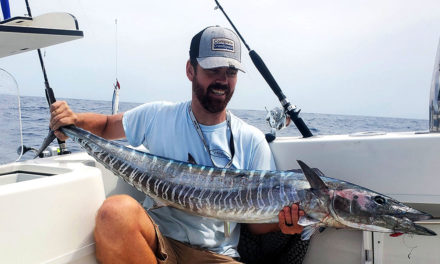When it comes to fishing, some things never change. We all start out catching bream, bass, catfish, and shad rather than gags and wahoo. While we may not have fished with as many lures back then, the fundamentals remain timeless.
In the early days, we relied heavily on the trusty 4- or 5-loop ‘fisherman’s knot’ for soaking baits (although I no longer use it). Now, let me share a secret with you: mastering just five connections will open up endless possibilities, whether you’re angling in freshwater or saltwater.
These connections are the backbone of my fishing repertoire: the Loop Knot, Snell Knot, Uni Knot (including the versatile uni to uni variation), Cable Crimps (for both cable and fluorocarbon), and the Double Tackle Loop. Some may argue that there are other knots worth knowing, like the Piere knot for connecting the braid to Fluoro, but let’s focus on the essentials. Trust me, these five knots have proven their worth time and again. And here’s the beauty of it all: I can tie three of these knots effortlessly, even in pitch-black darkness, which speaks volumes about their reliability.
I can already hear the skeptics saying, ‘But what about this one? And what about that one?’ Sure, there may be other knots out there, but remember, the title of this article is ‘Getting Back to Basics,’ and these five knots cover everything I need. Besides, should any of these knots ever let me down, I’m open to exploring alternatives. But until then, from bream to billfish, these knots have me covered.
The Loop Knot and Uni Knot are my go-to knots for freshwater, inshore, and nearshore fishing, expertly connecting braided main lines to smaller fluorocarbon leader material with the uni-to uni knot adding that extra versatility.
The Snell Knot also holds a crucial place in my tackle box, especially when it comes to circle hooks. A snell knot is a type of knot that’s commonly used by anglers to attach a hook or fly to a leader or mainline and unique in that it creates a loop that’s perpendicular to the hook shank, allowing the hook to point directly upwards. This can make your bait or fly more natural-looking and increase the chances of a proper hook set.
One of the most common reasons to use a Double Tackle Loop is when fishing for large saltwater or freshwater species that require extra line strength. For example, if you’re targeting tuna, marlin, or sailfish, you’ll need a strong line that can handle the weight and power of these fish when they’re hooked. Additionally, when fishing in areas with heavy currents or strong winds, a double tackle loop can help prevent your line from breaking due to the extra stress.
And let’s not forget the importance of Cable Crimps, simplifying heavy-duty connections from fluorocarbon leaders to swivels, as well as securing stinger hooks and artificial lures with ease. A flat or double-barrel sleeve may not look like much, but it can make all the difference in landing the big catch.
Now, I must admit some of the videos demonstrating these knots may be a bit dated, but the knowledge they impart remains invaluable and unaltered.
The Loop Knot – also known as the Mirrolure Knot – for tying lures on a leader or mainline.
The Snell Knot – commonly used by anglers to attach a hook or fly to a leader or mainline.
The Uni Knot is one of the most popular fishing knots among saltwater anglers. This is because it is easy to tie and has very strong connection.
The Uni-to-Uni Knot – for tying fluorocarbon leaders to braided mainlines.
The Double Tackle Loop – Double tackle for quite a few species of fish including speckled trout, flounder, drum and shad to name a few in saltwater. Bass, crappie hybrids and more in freshwater.
Crimps using a Cats Paw Connection using 175# 7/49 strand cable and 100# florocarbon to Chin Weights.

